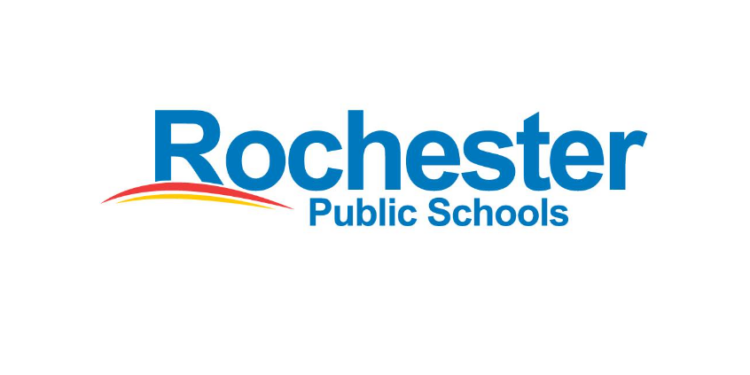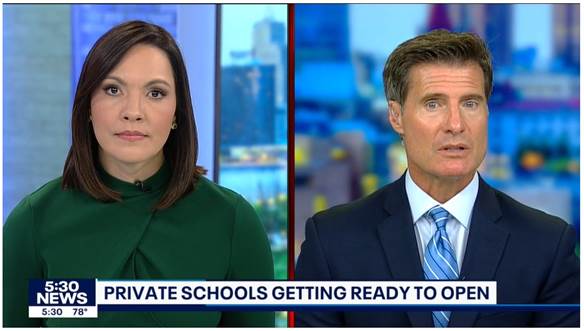“If at first you don’t succeed, try, try again,” the old saying goes.
That adage seems to be one that Rochester Public Schools (RPS) is following. The school district is considering placing a $19.4 million referendum on this year’s ballot just months after the voting public said no to a $100 million referendum.
Last fall’s failed referendum brought threats of school closures in the area, and similar threats appear to be in the cards if this lesser referendum also fails. “If RPS does not get community funding,” KTTC reported, “RPS Superintendent Kent Pekel says the district is past cutting through muscle and would face no choice but to cut deeply into the bones of the school system.”
RPS may want to think twice about using the old “your money or your schools” line, however. The fact is, RPS currently spends $20,494 per student. In return, the district ensures that 61% of its 10th-grade students can read proficiently, while only 39% of its 11th-graders are proficient in math.
As the chart below shows, those numbers are better than many of the school districts surrounding Rochester … but if we’re honest, they’re not that great, either. After all, on the traditional grading scale, those reading numbers would barely earn a D-minus if schools were given a report card, while the math numbers would earn a big, fat F.

The prospects that those numbers offer aren’t good, especially when we consider that Rochester is home to the world-famous Mayo Clinic. Will the Mayo Clinic be drawing from its local population to fill its future surgeon, doctor, nurse, and medical research roles? With numbers like those listed above, it’s not likely.
But statistics like these affect more than just those in the medical community at Mayo. In reality, any business that hires students who graduated from RPS or its surrounding districts without attaining proficiency in reading and math may very well be saddled with an employee who just can’t succeed.
Educator E. D. Hirsch described this problem well when he said:
We all know that reading is the most important academic skill, and that there is a big reading gap between haves and have-nots in our schools. We know that reading is a key not just to a child’s success in school but also, in the information age, to his or her chances in life.
As Hirsch noted elsewhere, “Learning builds on learning: children (and adults) gain new knowledge only by augmenting what they already know.” But if school districts like Rochester are spending over $20,000 per student per year to produce graduates who don’t even meet proficiency in basic subjects, how will they be able to adequately build upon that knowledge to achieve success in the adult world?
“I want to see every dollar working for kids and we’re going to keep doing more and more and more of that,” KTTC reported Rochester Superintendent Pekel as saying. “We have made some hard decisions. We’ll continue. I’m not oblivious to the pressure family incomes face with property taxes.”
But if Pekel is aware of the financial pressures on families and wants to make sure that every dollar works for kids, then perhaps he’s barking up the wrong tree with demands for another district referendum. If he really wants to see education dollars do their best work for students, then perhaps he should support Education Savings Accounts (ESAs), which enable parents to use a portion of their child’s allotted education dollars to go to the school of their choice, whether public, private, charter, micro, or home school.
If we truly want to see our kids succeed both in school and in life, then perhaps it’s time to spend smarter rather than just spending more in order to prop up a failing system that cranks our children down the graduation conveyor belt without fully learning.
—
Image Credit: Rochester Public Schools Facebook











![[downloaded during free trial]](https://oakmn.org/wp-content/uploads/2025/11/iStock-1430368205-120x86.jpg)

